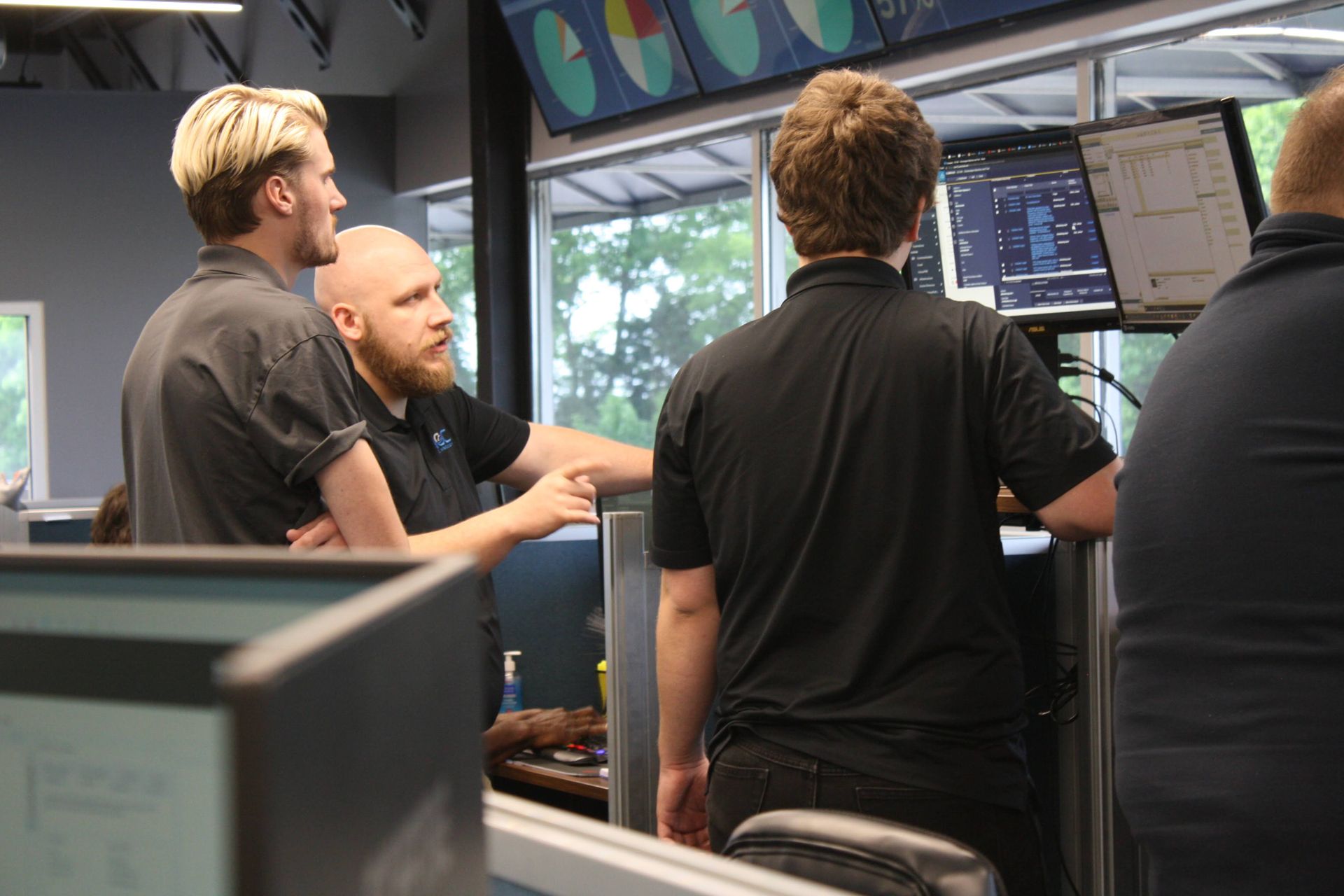Finding the Right Managed IT Services Partner for Manufacturers
by Ted Stahl | NOC Technology
Key Factors to Consider When Selecting a Provider to Meet Your Business Needs

When it comes to managing the IT needs of a manufacturing business, many companies opt for managed IT services. A managed IT services partner can provide a wide range of services, from maintaining and troubleshooting your existing IT infrastructure to implementing new technologies and providing ongoing support. But with so many options available, it can be difficult to know what to look for in a managed IT services partner. Here are some key factors to consider when selecting a provider.
Industry Expertise
It is important to find a managed IT services partner that has experience in the manufacturing industry and understands the unique challenges and requirements of your business. This will ensure that they can provide solutions that are tailored to your specific needs. Read: Overcoming Manufacturer Pain Points with Outsourced IT Support
Range of Services
Look for a provider that offers a wide range of services to meet all of your IT needs. This can include IT support, network management, cloud services, cybersecurity and data backup and recovery.
Scalability
Your business may grow over time, and it's important to find a managed IT services partner that can scale their services to meet your changing needs. Look for a provider that can offer flexible services and can accommodate your company's growth.
Strong Communication
A managed IT services partner should be able to communicate clearly and effectively with your team. Look for a provider that will work closely with you to understand your business objectives and provide solutions that meet your needs.
Strong Security
Manufacturing companies handle sensitive information and data, so security should be a top priority. Make sure your managed IT services partner has a strong security posture, including up-to-date security protocols and experienced security experts. Read: Securing the Factory Floor: The Importance of Cybersecurity in Manufacturing
Cost-effective
Managed IT services can be a cost-effective way to manage your IT needs, but it's important to find a provider that offers transparent pricing and flexible service plans that meet your budget.
In conclusion, a managed IT services partner can be a valuable asset for manufacturers, providing a range of services to help improve efficiency and stay competitive. When selecting a provider, it's important to look for one that offers industry expertise, a wide range of services, scalability, strong communication, strong security, and cost-effective solutions that meet your budget.




